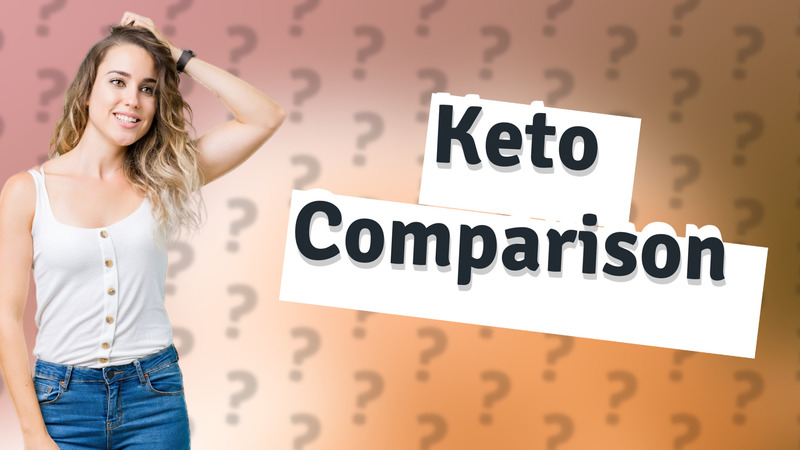
Discover why atomic clocks are the most precise devices, crucial for GPS, telecom, and scientific research.

Discover how snowflakes are visible to the naked eye and learn about their intricate shapes and patterns.

Explore the key factors - chromosomes, hormones, and anatomy - that determine if a human is male or female.

Discover how long DNA can be detected in saliva after kissing and its implications for forensic science.

Learn about demifluid, a substance that combines liquid and solid properties, and its applications in various industries.

Discover Iron-60, the rarest iron isotope used in astrophysics and nuclear science for dating events.

Learn what color you get when mixing green and orange: a muted brown hue from their color compositions.

Explore the creation of the universe's first elements just 3 minutes after the Big Bang, including nucleosynthesis insights.

Discover the cosmic journey from the Big Bang to the formation of stars and galaxies in this concise overview.

Uncover why atomic clocks are precise and safe without using radioactive material.

Discover the fascinating reproductive biology of worms and learn about their hermaphroditic nature.

Learn about the newly discovered mineral Changesite-(Y) on the moon and its implications for nuclear fusion energy.

Explore the illusion of the twin probability paradox and its surprising statistics on sibling gender probabilities.

Discover how life started after the Big Bang through cosmic evolution and the formation of organic molecules.

Discover why rechargeable batteries require longer charging times due to their chemical composition and safety features.

Explore the vital blood barriers: blood-brain and blood-testis, their functions, and importance in health.

Discover why humans are unable to see ultraviolet light and how it differs from the visible spectrum.

Discover why rainwater is conductive and how it compares to other water types in conductivity.

Discover why snow cannot form at temperatures above 0°C. Learn about the science of snow formation and temperature thresholds.

Discover the tragic outcomes for those at Reactor 4 during the Chernobyl disaster, including immediate and long-term effects.

Discover the scientific names of different types of worms, including the earthworm and more, and learn their classifications.

Explore the significance of the 1968 BST experiment and its impact on genetics and gene regulation.

Learn if magnesium emits gas during reactions and what to expect when it interacts with acids.

Discover how lightning exhibits fractal geometry in its branching patterns and what this means for our understanding of nature.

Learn about soluble and insoluble Non-Starch Polysaccharides and their benefits for digestion and bowel health.

Discover why cesium 133 is essential for atomic clocks and their role in global timekeeping standards.

Explore the reasons behind the lack of popularity of thorium as a nuclear fuel alternative.

Discover the role of worms in decomposition and why they are vital for ecosystem health.

Discover the molecule responsible for the delicious smell of popcorn, enhancing your culinary knowledge.

Explore the world's longest protein name, Titin, and its complex naming conventions. Learn why it's impractical to use fully.

Discover the role of prime numbers in quantum physics and crystal analysis and their importance in physical models.

Discover how high pressure alters water properties, creating superheated states and unique ice forms for various applications.

Discover what the 'C' in CNG means and learn about the benefits of Compressed Natural Gas as an eco-friendly fuel.

Explore the key differences between ketosis and ketoacidosis, including risks and benefits.

Learn what 'prime' means in biochemistry and its significance in molecular structures like DNA.

Explore the potential weaponization of Uranium-233 compared to other nuclear materials.

Discover why mushrooms are classified as fungi and not vegetables, despite their culinary use.

Discover why mushrooms are classified as fungi, not plants, and learn about their unique biological characteristics.

Discover why sunlight is considered nonliving and its importance in biological processes like photosynthesis.

Learn the complete process of extracting sugar from sugarcane easily and efficiently.

Discover EN374 gloves, their specifications, and how they protect against chemicals and germs in various settings.

Discover how number theory aids physicists in understanding particle interactions and fundamental laws.

Explore why sound is invisible to us, learn about sound waves and how they differ from light.

Learn to identify elements from structures with XRD, MS, IR, and NMR techniques. Discover which method suits your analysis needs best.

Learn about the hardest part of the human body—dental enamel—and how to care for it effectively.

Explore how increasing volume decreases pressure in gases, based on Boyle's Law, and understand the gas behavior principles.

Explore safe substitutes for petroleum ether, including hexane, heptane, and more for your chemical applications.

Discover if crossing over happens in every chromosome during meiosis and its role in genetic diversity.